Description
Cardamom is an expensive spice, second only to saffron. It is often adulterated and there are many inferior substitutes from cardamom-related plants, such as Siam cardamom, Nepal cardamom, winged Java cardamom, and bastard cardamom. However, it is only Elettaria cardamomum which is the true cardamom. Indian cardamom is known in two main varieties: Malabar cardamom and Mysore cardamom. The Mysore variety contains higher levels of cineol and limonene and hence is more aromatic Cardamom comes from the seeds of a ginger-like plant. The small, brown-black sticky seeds are contained in a pod in three double rows with about six seeds in each row. The pods are between 5-20 mm (1/4”-3/4”) long, the larger variety known as ‘black’, being brown and the smaller being green. White-bleached pods are also available. The pods are roughly triangular in cross section and oval or oblate. Their dried surface is rough and furrowed, the large ‘blacks’ having deep wrinkles. The texture of the pod is that of tough paper. Pods are available whole or split and the seeds are sold loose or ground. It is best to buy the whole pods as ground cardamom quickly loses flavour
Health Benefits of Cardamom
A stimulant and carminative, cardamom is not used in Western medicine for it own properties, but forms a flavoring and basis for medicinal preparations for indigestion and flatulence using other substances, entering into a synergetic relationship with them. The Arabs attributed aphrodisiac qualities to it (it features regularly in the Arabian Nights) and the ancient Indians regarded it as a cure for obesity. It has been used as a digestive since ancient times. A medicinal (perhaps aphrodisiac) cordial can be made by macerating seeds in hot water..

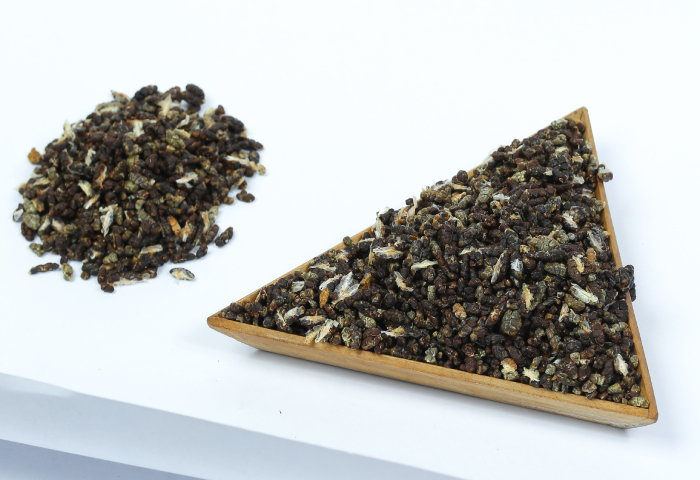
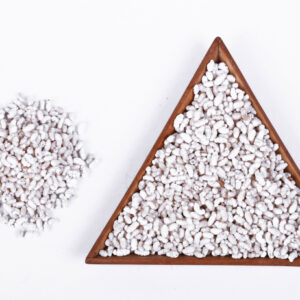
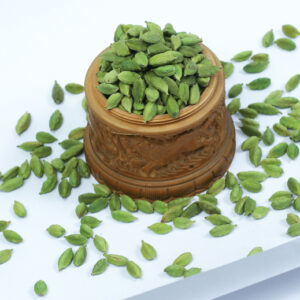
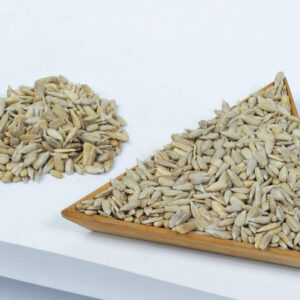
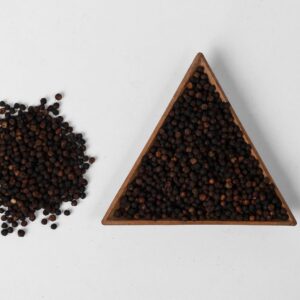
Reviews
There are no reviews yet.